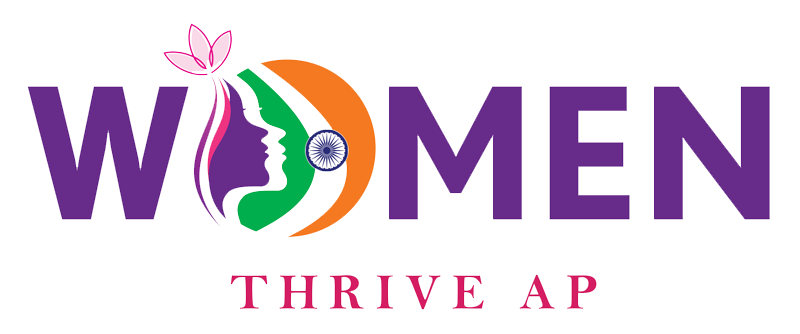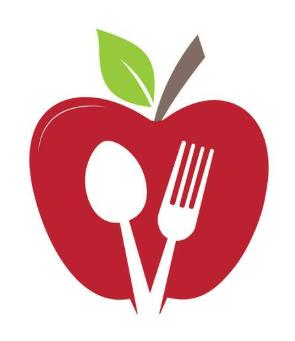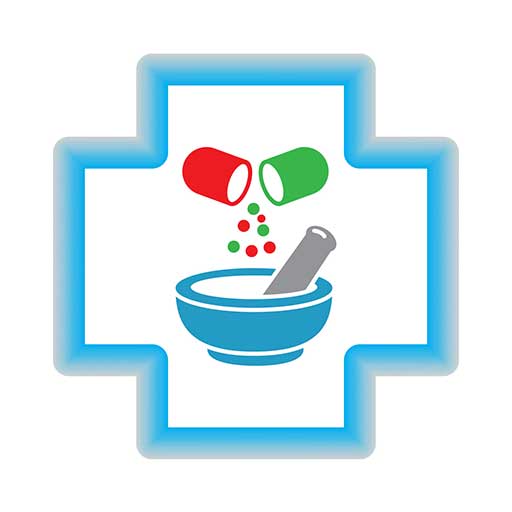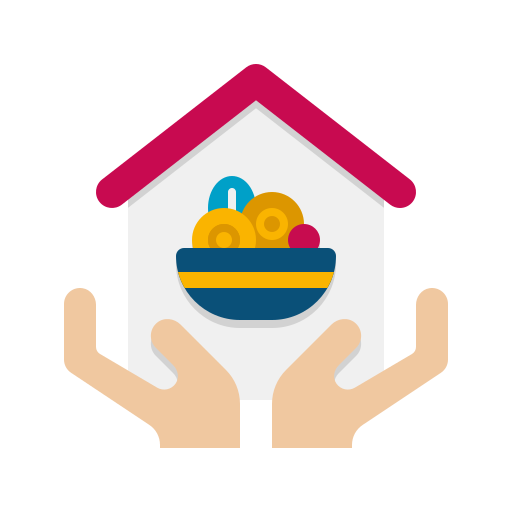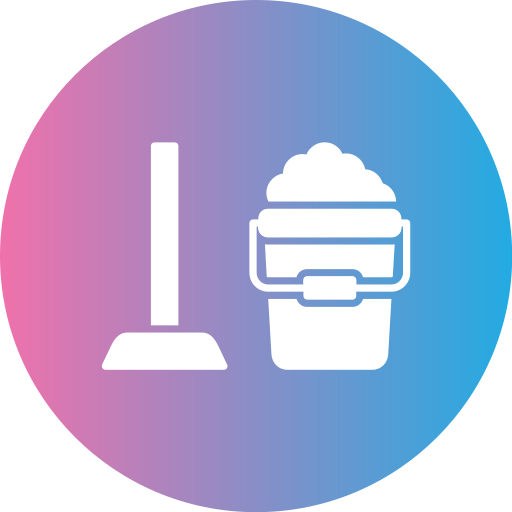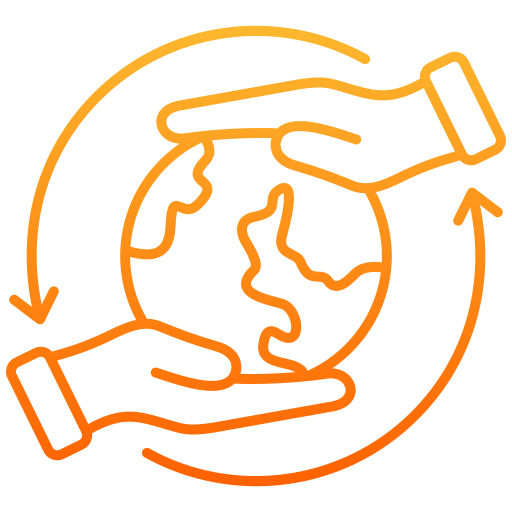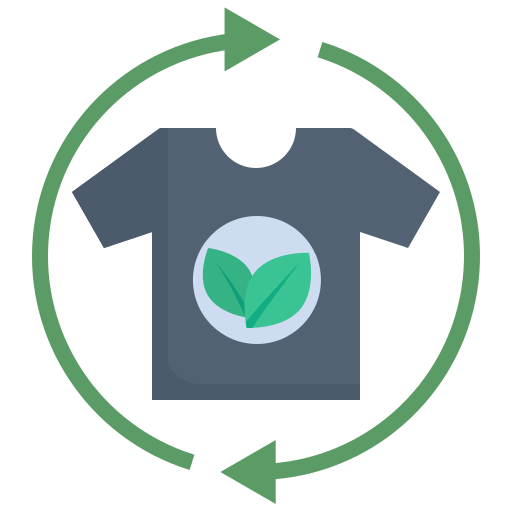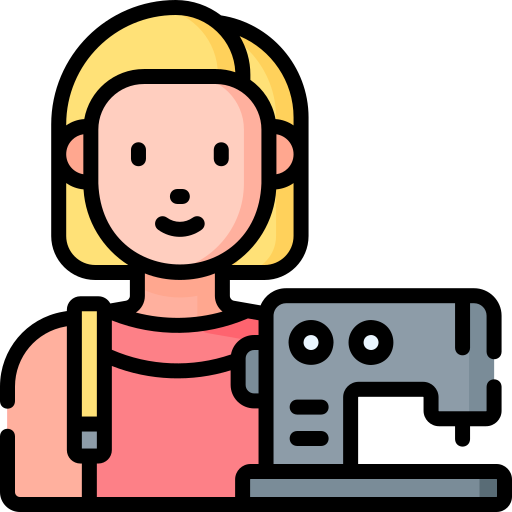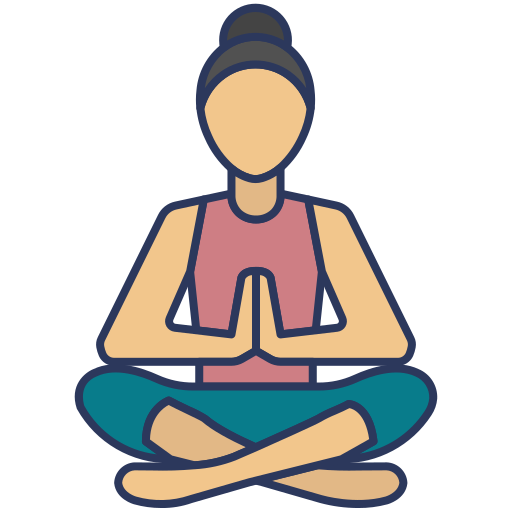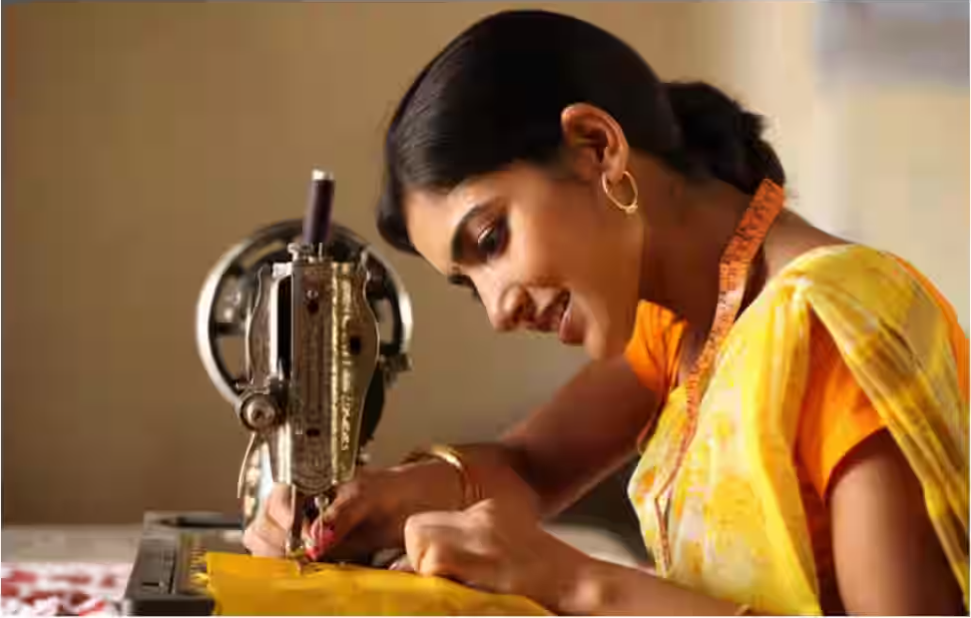The world of women's tailoring combines classic craftsmanship with modern trends, offering everything from bespoke designer wear to sustainable alterations. Online tailoring classes have made these skills more accessible than ever, allowing individuals to learn at their own pace from home.
Description of women's tailoring
- Women's tailoring involves precise techniques to create well-fitted and durable garments that flatter the body. Beyond just stitching, it includes multiple stages:
- Measurement and fitting: The process begins with detailed and accurate measurements of the client's body, accounting for posture, body shape, and personal preferences to ensure a perfect fit.
- Pattern making: This is the blueprint of the garment, created by drafting a paper pattern based on the client's measurements. Tailors can start with a basic template (sloper) and then adjust it for style and size.
- Cutting and construction: The fabric is cut according to the pattern, a step that requires great care. It is then sewn together using various stitches and techniques to ensure durability and a clean finish.
- Finishing: The process is completed with final touches like pressing, hemming, and attaching closures such as buttons and zippers to achieve a polished look.
Popular services and modern trends include:
- Bespoke garments: Fully custom, made-from-scratch clothing, including dresses, blouses, and suits.
- Alterations and repair: Adjusting the fit of ready-to-wear clothing or mending damage.
- Sustainable tailoring: Growing in popularity, this involves using sustainable materials, upcycling old garments, and promoting slow fashion.
- Fusion and bohemian wear: Blending traditional and modern styles, such as kurtis paired with jeans or bohemian-chic dresses.
- Description of online tailoring classes
- Online classes offer a flexible and accessible way to learn women's tailoring, whether you are a beginner or an experienced seamstress.
- Platform-based learning: Courses are offered through online academies like ONSA - Online Sewing Academy, Udemy, and Skillshare.
- Live and self-paced options: You can choose between live virtual sessions with an instructor or pre-recorded tutorials that allow you to learn at your own pace.
- Comprehensive curriculum: Courses cover everything from basic sewing techniques and using a sewing machine to advanced skills like pattern drafting, fabric selection, and finishing.
- Certification: Many paid programs offer a certificate of completion, which can be useful for career advancement or starting your own business.
- Support and resources: Some platforms provide additional resources like detailed notes, practical projects, and access to a community or support team for guidance.
Benefits of online classes:
- Flexibility: Study at your own pace and on your own schedule, from the comfort of your home.
- Cost-effective: Online courses can be more affordable than traditional, in-person classes, with many free options available on YouTube.
- Convenience: Save time and energy by avoiding travel to a physical tailoring school.
- Entrepreneurial guidance: Many courses provide advice on starting your own tailoring business, including marketing and pricing strategies.
- Wide variety of courses: Find specialized courses for specific garments like blouses, kurtis, or dresses, and advanced techniques like draping and pattern grading.

